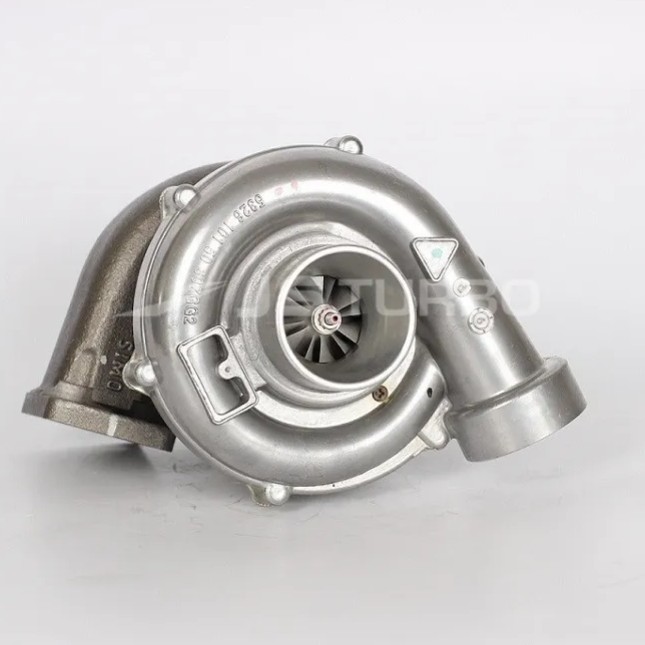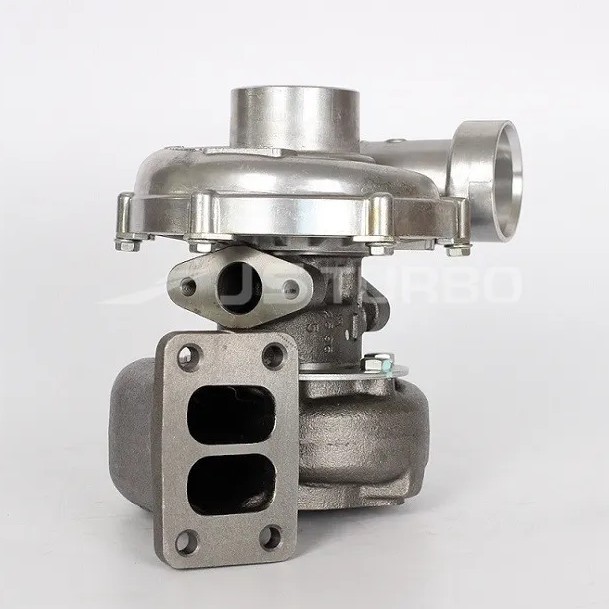
Misunderstanding of turbocharger accessories
2023-03-03 17:00Turbocharger has a simple structure, does not consume the power of the engine itself, and high supercharging value. These factors lead to the powerful advantages of turbocharging. However, the principle of turbocharging has one of its biggest hidden dangers: high temperature. It is also this hidden danger that causes turbocharging to delay in entering the civil field.
There are several sources of heat.
The first is the exhaust gas temperature. As we said earlier, the exhaust gas temperature of the gasoline engine can reach 750-900 ℃ at full load, and nearly 700 ℃ under normal working conditions. These exhaust gases will cool themselves during the process of driving the turbine to rotate. Where will the temperature go? It is absorbed by the turbine blade.
Secondly, the shaft connecting the turbine and the impeller rotates at a high speed of more than 100000 revolutions, and the friction between the shaft and the bearing will generate a lot of heat. After Z, the inlet impeller continuously absorbs air and compresses air, and its temperature will also rise. These factors add up to make the whole turbocharger in absolute "hot".
The turbine failure caused by high temperature is mainly caused by the deformation and erosion of turbine blades and the tensile failure of rotor shaft. Over the years, engineers have come up with various ways to deal with this problem. In general, there are only two ways: using more heat-resistant materials and using more effective cooling methods.
Is turbocharging really "sluggish"?
"Turbine hysteresis" was once the most criticized shortcoming of users. The so-called hysteresis is the time it takes for the engine to output the corresponding power from the moment we press the accelerator pedal. In fact, all engines will have this hysteresis, just how much. Because if you feel it carefully, you can feel it. When we press the accelerator pedal, the engine needs to inhale more air and adjust the fuel injection volume, which all take time.


